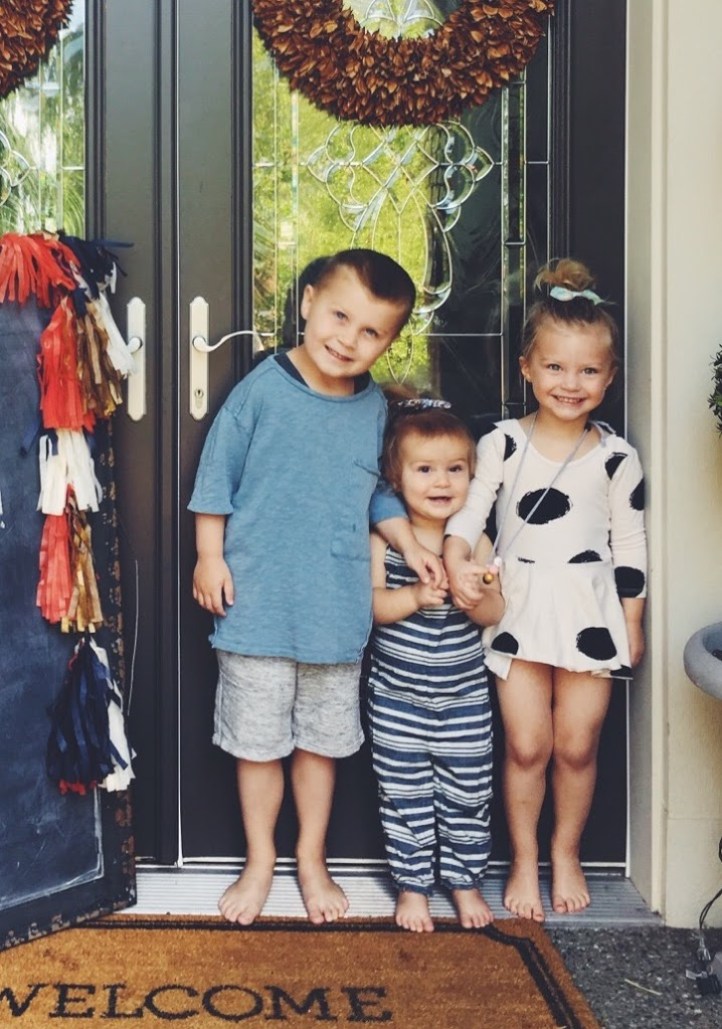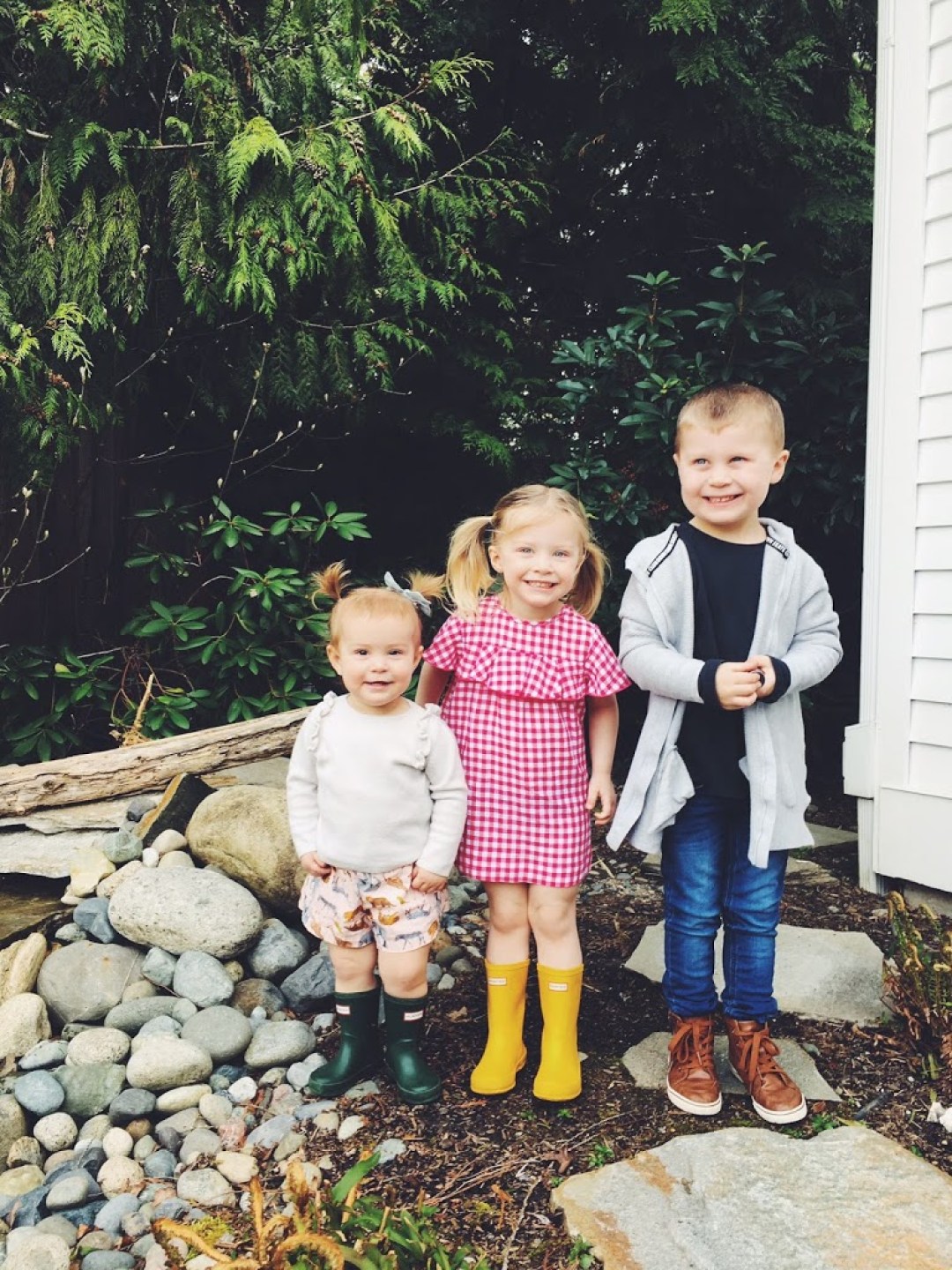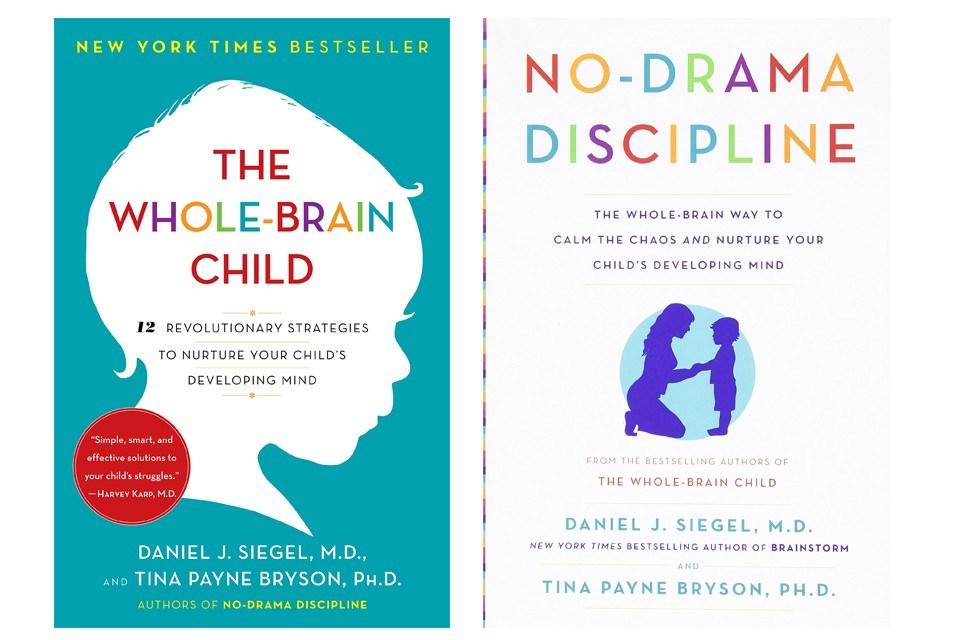While walking through the airport the other day, I made a startling observation—whether I was standing in line to check my bags, walking to my terminal, waiting in line to get a bottled water, or sitting at my gate—nearly everyone was on their phone. I call these individuals phone zombies: walking or sitting with their head down, checked out, and senselessly in another world. I’m often guilty of being a phone zombie as well (just ask my wife).
Does this scene look familiar?
I’m trying to change this.
Over a decade has passed since the release of the smartphone. No doubt these devices have helped streamline our lives into one simple operating system: our calendar, search engine, camera, main source of email, texting, GPS, Uber, TV, Netflix, video games, radio, and finding food or finding a date—the world is literally at our fingertips 24/7.
With the explosion of social media apps, every moment of down time it seems is filled with checking our likes, comments, views, and keeping up with the Joneses.
The new “reality TV” is watching YouTube, SnapChat and Instagram stories all day long (you can still get your fix of the Kardashians on Snap and Insta as well). While all of these features make life easier— including desperate times like keeping your kids quiet while eating at the Cheesecake Factory—this frequent phone checking habit has been shown to be as addictive as alcohol or drugs. The happy chemical dopamine is released, and we crave this neurological sensation every time we search, swipe, and tap.
However, there is a blind spot within our internal Air Traffic Control.
A 1998 study found that the more time people spent on the Internet, the more stressed, depressed, and lonely they felt. Not much has changed in nearly 20 years. A recent New York Times study showed that college students who spend more time on the Internet/Social Media are more depressed and anxious versus those who spend less time.
How many times have you said, or heard your significant other say, “Please put your phone away.”
I’m 100% guilty of this.
I need to spend less time on my phone, and more time on this…oh and baby number 4 is coming soon!
The world could use less screen time and more of the original face time. You know, the one without your phone.
I’ve been on a recent kick to increase my mindfulness muscle by studying the positive effects of mono-tasking. I’ve discovered the power of living in the NOW, through putting my phone down, focusing on my breath, and listening to my thoughts. These simple actions are just too powerful to not apply. From better relationships, sleep, less stress, improved memory, and a healthier mind, body, and spirit—I’ve seen positive results while practicing a new technique when I get seduced by the Apple (iPhone).
If you are like me and trying to break the habit of constantly checking your phone, I offer a system that I created called BREATH. It’s based on the game-changing positive psychology finding of what Dr. Heidi Grant from Columbia University calls an “if-then plan.” Meaning, you create a predetermined plan to substitute a bad habit with a more productive one. For example, if X happens, then I’ll do Y.
If-then plans have been proven to increase the likelihood of breaking a bad habit by nearly 300 percent!
Discover the power of NOW
When I get the urge to check my phone during the many idle moments throughout the day, I’ll practice the BREATH technique. Here it is:
B – Breathe
R – Release
E – Explore
A – Affirm
T – Thankful
H – Hope
BREATHE
When I have a break in the action—in my car, on the couch, or standing in a line, instead of checking my likes and emails, I’ll focus my attention on my breathing. I’ll take one to three deep breaths in through my nose, and out through my mouth. This simple act refocuses my energy, and changes my physiology (and urge open my phone). Trust me, the emails can wait.
RELEASE
With each exhale, I release any tension or tightness in my body. I do a quick body scan, and relax my tense shoulders and tight butt cheeks (what can I say, I love leg days at the gym). As I continue to exhale, I release any negativity or unproductive thoughts that I’ve been stressing over.
EXPLORE
In this relaxed state, I allow my mind to wander wherever it wants to go. I try to let my subconscious brain take over. The goal is to explore how I can make the day better for myself and for others.
AFFIRM
You don’t need permission from anyone to be great. Instead of relying on likes, comments, or views to improve my self confidence, I give myself a few words of affirmation. Plato once said, “The first and greatest victory is over self.” Self love is sometimes the hardest one to give. By practicing positive self talk, I use this time to focus on my strengths, and get less consumed by my blemishes and shortcomings (which is an easy trap to fall into using social media—even for a husband and father of three like me).
THANKFUL
I’ll use this time of mindfulness to run through my gratitude checklist. I’ll visualize and feel the many blessings in my life that I’m thankful for—my wife, my kids, my health, and my career. This act of gratitude might be the most powerful step of all.
HOPE
1 Corinthians offers the trinity of transformation: faith, HOPE, and love. I conclude my quiet me-time with a quick prayer of hope for my goals and for those I love. I see my goals as if they’re already done. I often leave this meditative state in a place of flow: completely present in the now—with myself and a larger force more powerful than me.
When I complete my BREATH exercise, I end up feeling more satisfaction exploring my subconscious and soul than I ever would exploring all my iPhone apps.
Let me clarify, I’m not against smartphones. Due to work, being married, having kids, and having loving social relationships, my iPhone allows me to see and do things with much more convenience. However, I’m just trying to practice more self-care and invest more into my mental health than I am in my profile…which often times it is hard while producing a lot of creative content.
So the next time you get the urge to grab your phone while stuck in traffic, at Starbucks, having down time at home, or are at the airport, try to check-out, by checking-in to your BREATH.
If you use this technique just three times a day, you’ll boost your inner battery, which needs a recharge, just as much as your smartphone.
I created a free iPhone background as a visual queue for you guys – a way to remind yourself to follow these steps when you naturally would unlock your phone.
You can download the background HERE.
How to make this your background if you’re not familiar: Open this image, save to your phone by holding your finger down on the image until a menu pops up. Select “Save Image” – the image will now be saved in your photo album. From there, you can set as your wallpaper by selecting the image, tapping the lower left hand box with the arrow in it, and choosing the “Use as Wallpaper” option.
Collin Henderson founded Project Rise to inspire individuals and teams to be the best version of themselves.

















